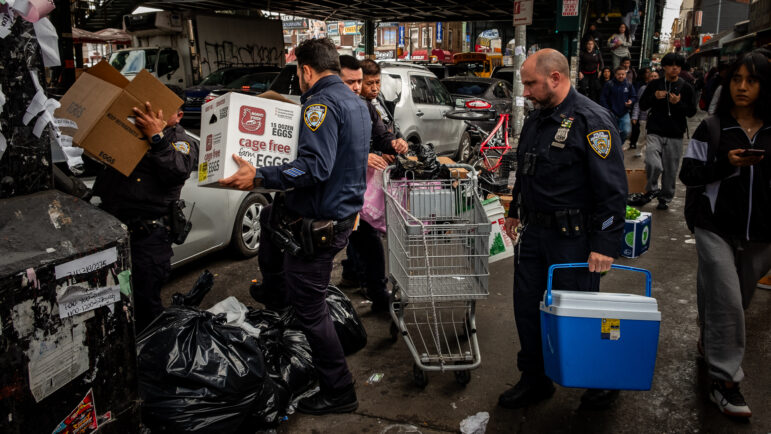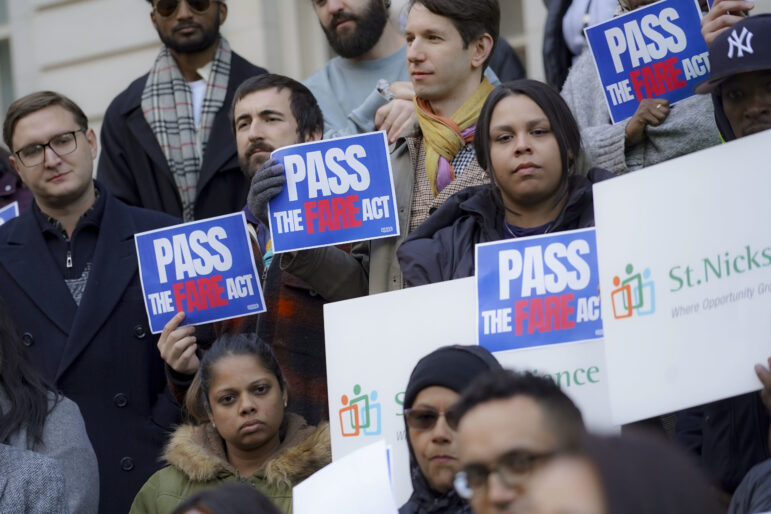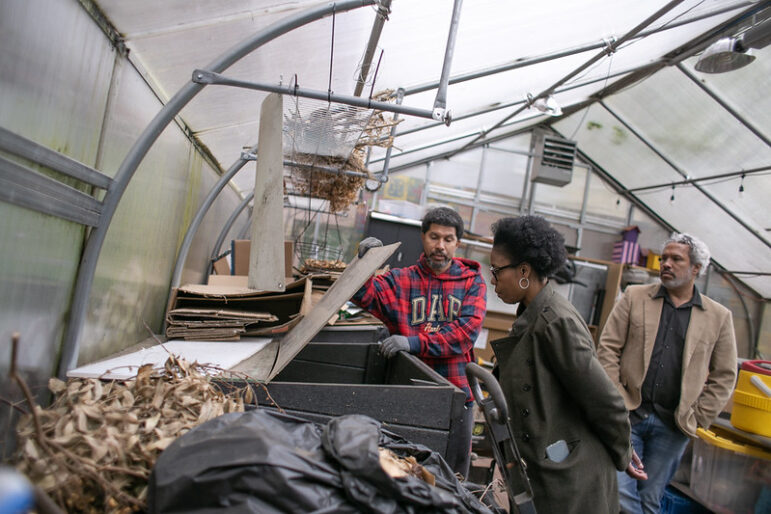Like a modern-day trial by ordeal, the new world of welfare was designed to resolve the distinction between deserving and undeserving poor by letting the unfortunates sort themselves out. Those willing to work would join the society of virtue, while the rest, its champions implied, would deserve whatever they got.
Veteran journalist LynNell Hancock tells the harsh story of what they got in her gripping new book, Hands to Work. Three women permitted Hancock to “invade every facet of their lives for three years and more” as they, like thousands of others, raced the clock to get off public assistance before their five-year lifetime limits for federal welfare eligibility ran out. Through their experiences, the author examines how the abstractions, ideologies and political considerations that underpinned welfare reform have played out at street level. What emerges is a harrowing picture of how the theories of the anti-welfare crusaders–through unintended consequences, careless implementation and bureaucratic indifference–hinder people striving to create a better life.
The three women come from sharply different backgrounds but run up against similar obstacles. Moldovan immigrant and aspiring doctor Alina Zukina hopes education will one day lift her out of poverty, but Mayor Giuliani’s insistence that all who receive benefits must participate in his Work Experience Program (WEP) forces her to choose between her welfare benefits and completing her last semester of college. Brenda Fields, former foster child and mother of two, successfully negotiates the system to get a job as a food-service worker for a Wall Street firm at the princely sum of $8.25 an hour, yet still struggles to cover expenses. After becoming active in an emerging union, she loses her job. Christine Rivera, a mother of four and former medical assistant with a volatile personal history, struggles to balance motherhood, the obligations of welfare, and her own precarious health. Booted off welfare three times, she bottoms out into heroin addiction and homelessness, and the city takes her children away.
Through their stories, Hancock shows how welfare reform’s contradictions force the women to make wrenching personal choices–between education and survival, between child care and work–that most people would never tolerate. Brenda’s full work schedule, for example, leaves her too little time for her young son, whose day care arrangements are a constant worry. And the irrefutable data that education is the surest way to wealth is little consolation to the thousands of CUNY students like Alina, who face the awful choice of either dropping out of college–forgoing an education that could help get them off the dole forever–or giving up the benefits they need to support themselves (and, often, their children) at that moment. As Hancock wryly notes, “the new welfare world no longer valued a degree as much as it worshipped WEP.” For a series of reforms designed to break the “culture of dependency,” these dilemmas seem ghoulishly ironic.
But perhaps such ironies were an inevitable end product of a reform process that featured the spectacle of politicians and government officials–almost exclusively white and male–imposing their policy choices on women and children. Interspersed among the three women’s travails, Hancock offers snapshots of how New York’s welfare crusaders developed their own pet theories to explain away the evil of dependence, and the magic bullet to cure it: Then-HRA Commissioner Jason Turner, for one, cites the miraculous powers of work–which he reverently describes as “society’s organized way of giving gifts to others”–as the way to redeem New York’s welfare recipients. But Turner’s measures to put everyone on the road to work, such as charging Job Center employees with discouraging people from applying for welfare, and often denying emergency help to those who needed it, only wound up raising the level of confrontation. It was all part of the system that Turner’s HRA had established to “create… a personal crisis in an individual’s life,” as he once told a group of Albany legislators, as a way to get that person on the right track.
The first part worked. The decreasing welfare caseload during Giuliani’s tenure swelled the ranks of the working poor. The numbers of those without health insurance rose, while those receiving food stamps dropped. The crisis in child care only worsened as thousands of single mothers reported to WEP assignments and took low-wage jobs. But by defining success solely in terms of who left the welfare rolls, city officials could claim victory even when the lives of clients did not demonstrably improve. Hands to Work illustrates the fundamental gap in the welfare debate: the chasm between the successes politicians claim for their policies and the consequences that the people those policies supposedly help must instead endure.
David Jason Fischer is a policy analyst with the Center for an Urban Future.








